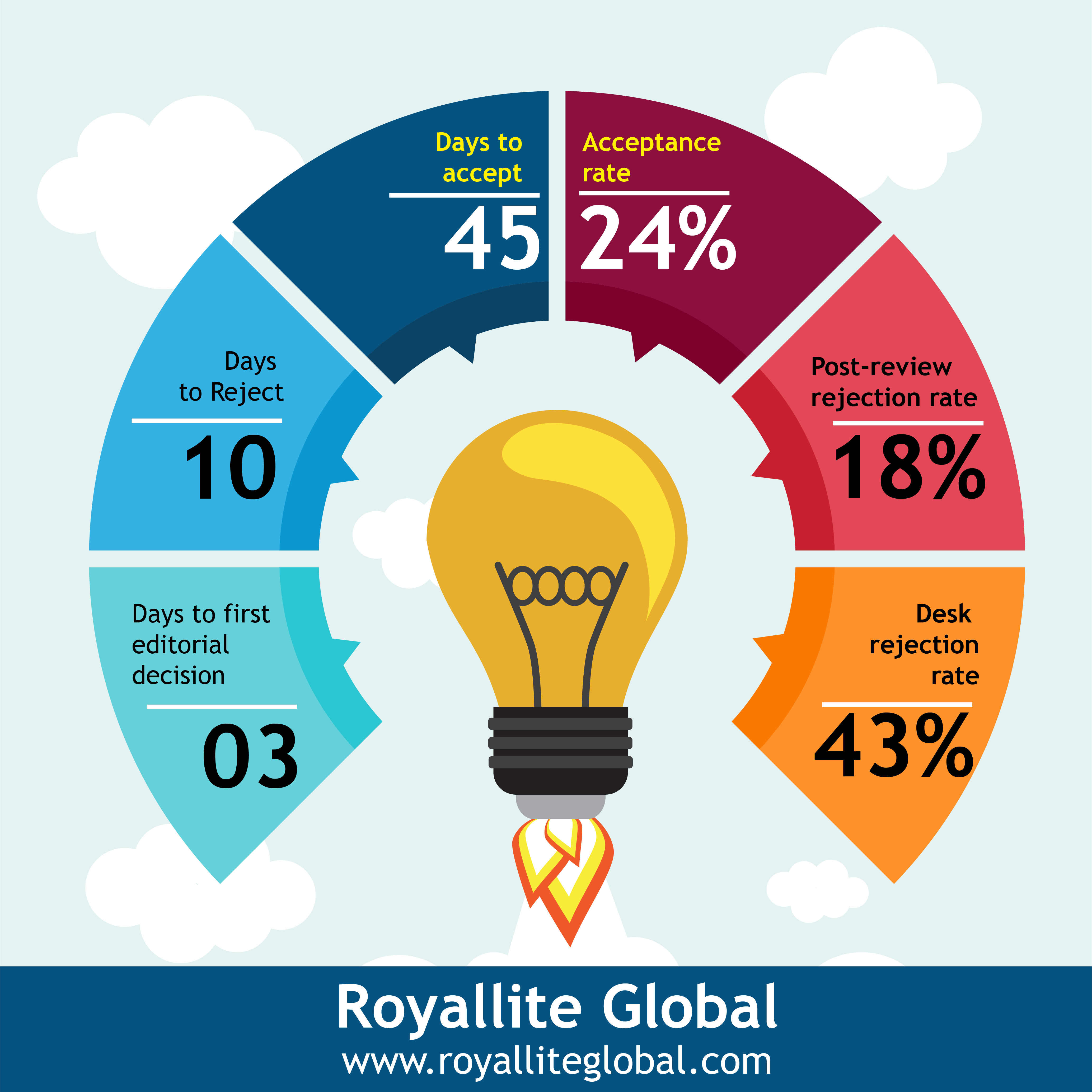Examining counseling needs of divorcees and children of divorce: A case study of Asogli State in the Volta Region of Ghana
Keywords:
Counselling, Divorcee, Divorcee Children Asogli State, Post-Traumatic Stress disorder (PTSD)Abstract
This study sought to examine the counselling needs of divorcees and their children in the Asogli in the Ho Municipality. The study employed qualitative approach specifically phenomenological research design to investigate the phenomenon. A total of 20 respondents were employed in the study, with 14 divorced women and men and 6 children of divorce participating. The respondents were selected using snowball and purposive sampling approaches. The information was acquired through semi-structured interviews and focused group discussion guides, among other methods. According to the findings, it was revealed that divorcees and their children sought guidance from parents, chiefs, elders, relatives, pastors, and traditional medicine men. The state of Asogli has no professional counsellors or counselling services. Moreover, the divorcees were unaware of available counselling options. The study recommends that divorcees who are primarily single parents have marital counselling and/or post-traumatic stress disorder treatment (PTSD). In this regard, the creation of community-based counselling centres in the state of Asogli for this aim would be a commendable step forward. At the end of the day: The District Assembly, traditional rulers in the state of Asogli, civil society organizations, and government institutions should all provide services to divorcees and their children, including care and support. scholarships for children of divorced parents, among other things.
References
Akinade, E. A, Sokan, B. O.&Osarenren, N. (2005). An introduction to guidance and counselling. Nigeria: Caltop Publications.
Blocher, B.H. (1992). Development counselling. New York: The Ronald Press Co.
Connor, T. (2006). Implications of divorce. Retrieved on October 9, 2015, from http:/www.timconnors com allfreesite.info/divorce.
Durojaiye, M. O. (1987). Cross cultural perspectives on guidance and counselling. Unilag Series in Education, 1, 2-21.
Hetherington, E. M., & Stanley–Hagan, M. (2002).Parenting in divorced and remarried families.In M. Bornstin(Ed), Handbook of parenting (2nded). Mahwah, NJ: Erlbaum.
Hetherington, E.M. (1993). An overview of the Virginia longitudinal study of divorce and remarriage with a Focus on Early Adolescence.Journal of Family Psychology,7,39 – 56.
Jorgenson, S. & Henderson, G. (1990). Dimension of family life. U.S.A: Southwestern Publishing and Co.
Kpeto, V. A. (2002). Starting, managing, and reporting research. University Of Ghana –Legon, Accra. An unpublished B.Ed.
Madden-Derdich, D.A., Leonard, S.A. & Scott, C.F. (1999). Boundary, ambiguity, and co-parental conflict after divorce: An empirical test of a family systems model of the divorce process. Journal of Marriage and the Family, 61(3): 588-598.
Medenu, (1999). Coping strategies of divorce with special reference to Kpando in theAkpini Traditional Area. University of Education, Winneba. An unpublished B.Ed.
Mosore, S. A. (2003). Incidence causes and effects of divorce in Tema Metropolitan Area. University of Education, Winneba. An unpublished B. Ed.
Peter, Glazer & Glazer (1990). Marriage and single life. New York: McGraw–Hill.
Stinnett, N., Walters, J. & Kaye, E. (1984). Relationship in marriage and the family. New York: Macmillan Publishing Company.
Taylor, A. I.&Buku, D.K. (2006). Basic in guidance and counseling (2nded.). Winneba: University of Education, Winneba.
Tyler, L.E. (1996). The work of the counsellor (3rded). New Jersey, Eaglewood Cliffs: Prentice Hall, Inc.
U.S. Bureau of the Census (1997). Statistical abstract of the United States (117thed). Washington, D.C: U.S. Government Printing Office.
Wolf, R. (1996). Marriage and families in a diverse society. New York: Happer Collins College Publishers.
Downloads
Published
Issue
Section
License
Copyright (c) 2022 Alice Emmanuella Dogbey, Paul Kobina Annan Bedu-Addo, Deborah Osei-Tutu

This work is licensed under a Creative Commons Attribution-NonCommercial-ShareAlike 4.0 International License.
This open-access article is distributed under a Creative Commons Attribution (CC-BY) 4.0 license.
You are free to: Share — copy and redistribute the material in any medium or format. Adapt — remix, transform, and build upon the material for any purpose, even commercially. The licensor cannot revoke these freedoms as long as you follow the license terms.
Under the following terms: Attribution — You must give appropriate credit, provide a link to the license, and indicate if changes were made. You may do so in any reasonable manner, but not in any way that suggests the licensor endorses you or your use.
No additional restrictions: You may not apply legal terms or technological measures that legally restrict others from doing anything the license permits.






